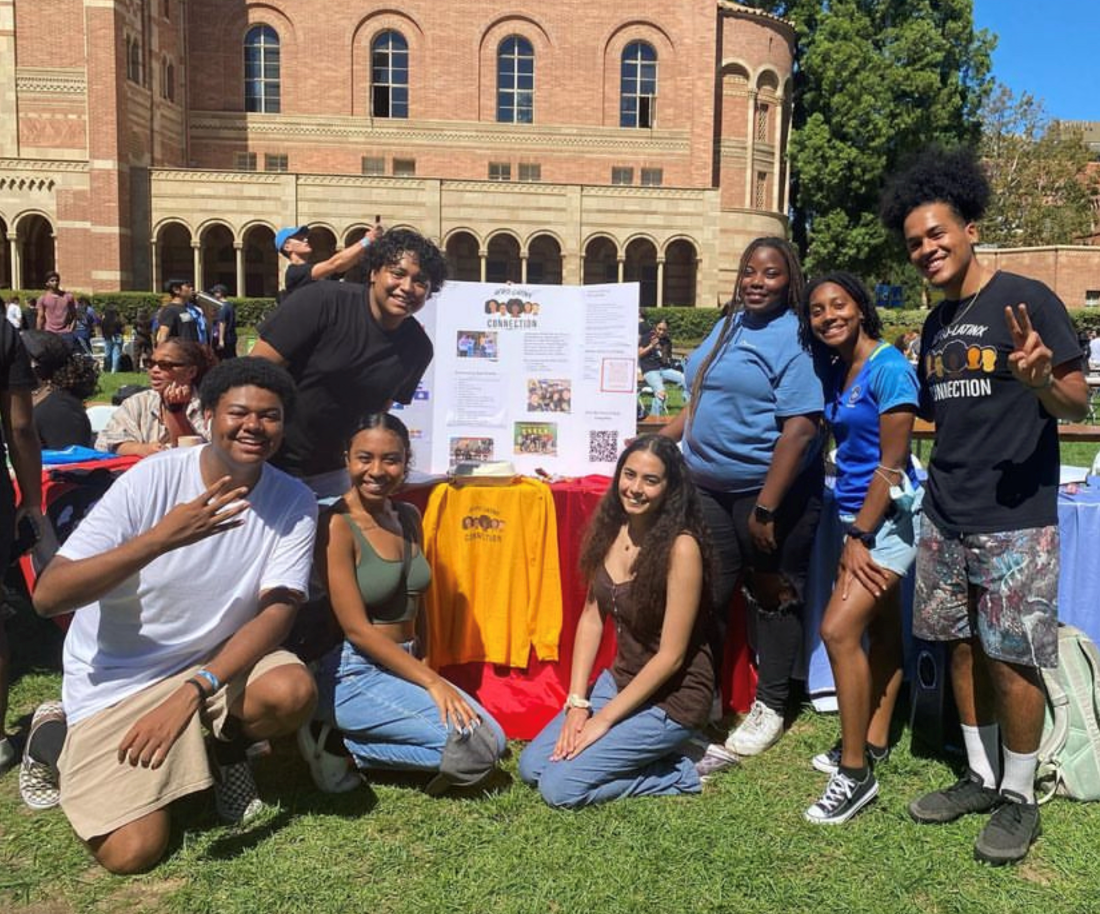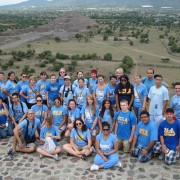How Far Would You Walk for Your Dreams? Undocumented Students Coming Out of the Shadows
On Jan. 1, 2010, four students began a 1,500 mile walk from Miami, Fla. to Washington D.C., dubbed the “Trail of Dreams.” Alluding to the tragedy of the “Trail of Tears,” in which Native Americans were forced to relocate across the country under the most dehumanizing of conditions, this march was dedicated to a more hopeful future.
Through the Trail of Dreams, Juan Rodriguez, 20, Gaby Pacheco, 25, Felipe Matos, 24, and Carlos Roa, 22, hope to bring awareness of issues concerning undocumented students to our nation’s capital.
Nancy Meza, a fourth-year undocumented student and external representative of Improving Dreams, Equality, Access and Success at UCLA, says, “they decided that we needed to take this nationally and…go with our stories, state by state, from Florida to Washington D.C., go through places where people aren’t really comfortable with saying that they are undocumented, places like Georgia and the Midwest.” By showing the faces of real immigrants in this country, the “dream walkers” hope that congress will pass the Development, Relief and Education for Alien Minors (DREAM) Act.
The DREAM Act would provide immigrants, who were brought to the U.S. as young children and have pursued higher education or military service, among other requirements, a path to citizenship.
For over 10 years students have been lobbying to get legislators to pass the DREAM Act. The fact that it’s been struck down repeatedly causes desperation and a loss of hope in the undocumented student community. The Trail of Dreams is a direct result of that frustration and feelings that the government isn’t doing enough. “We need to escalate our organizing tactics, people need to understand that we need some sort of reform either through the DREAM Act or immigration reform,” said Meza.
The dream walkers, walked 15 to18 miles a day, six days a week, sleeping in churches or anywhere that would provide shelter, carrying only the most basic supplies. At one point they encountered opposition from groups like the Ku Klux Klan who were protesting what they call “the Latino invasion.” However, they were also welcomed with support from the National Association for the Advancement of Colored People.
The Trail of Dreams ended in Washington D.C.’s Lafayette Park on May 1, International Workers Day, a day in commemoration of the historic struggle of working people throughout the world, but now known in the U.S. as a day to rally for immigrant rights.
On their website, www.trail2010.org, the dream walkers stated: “We left our shoes [in Washington, DC], the same shoes we wore the day we started walking on Jan. 1, as a symbol of thousands in our communities that disappear due to our broken immigration system. This is our official statement. May 1 is the end [of our march] but the beginning of a new chapter that all of us will write together!”








Leave a Reply
Want to join the discussion?Feel free to contribute!